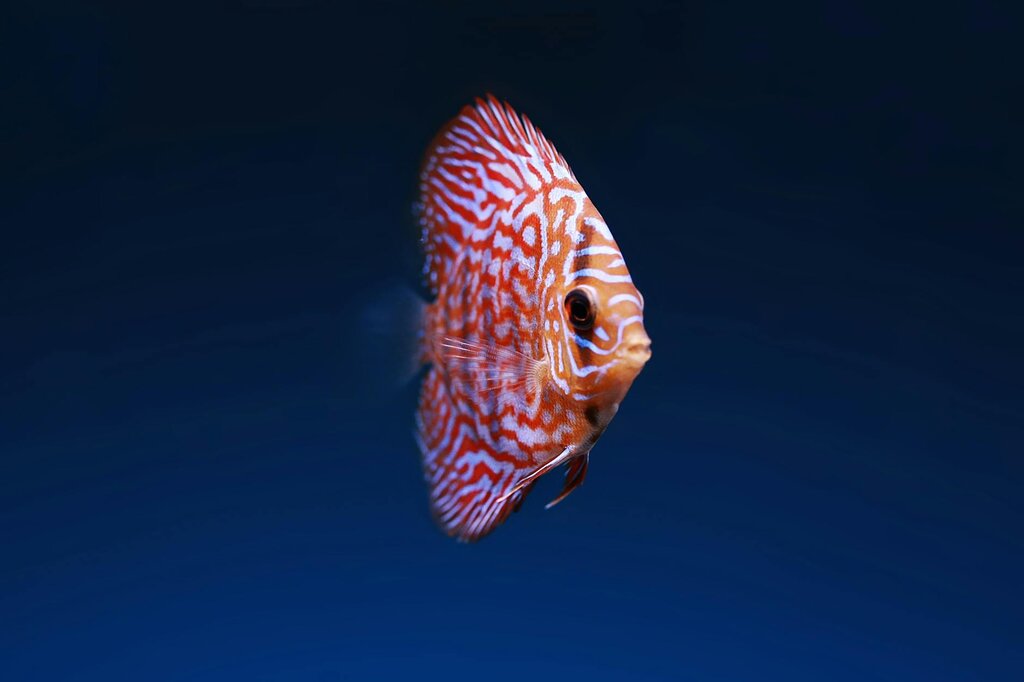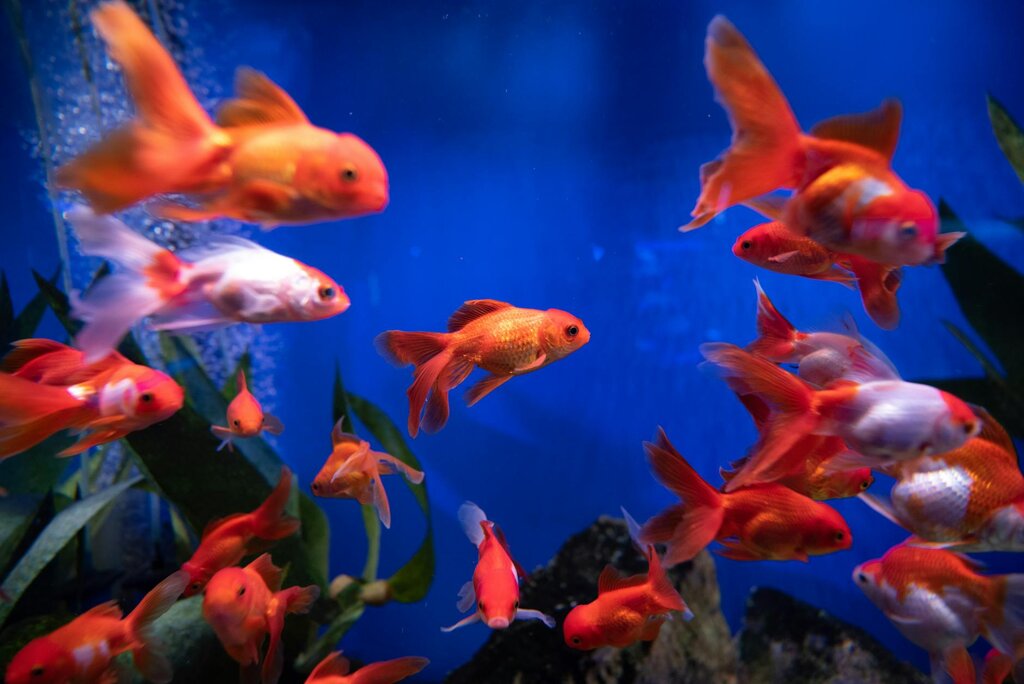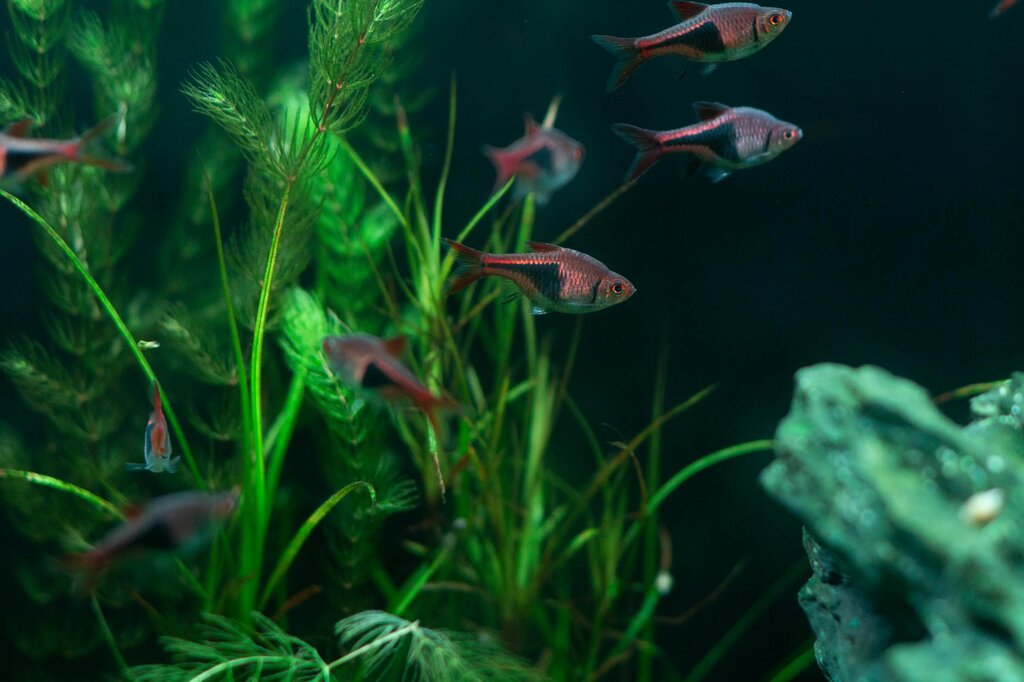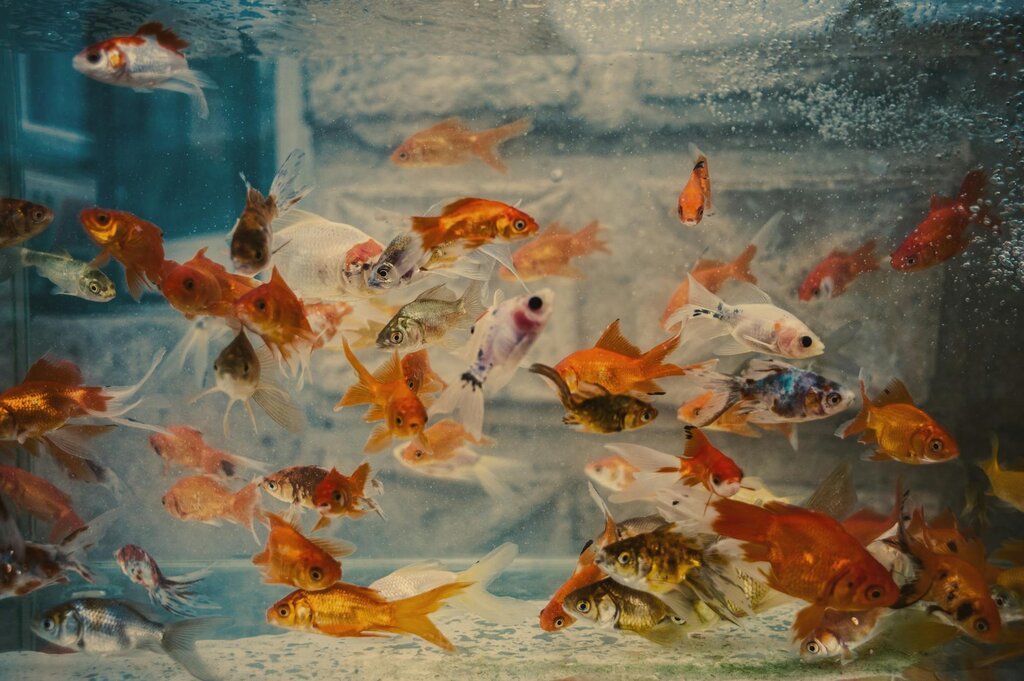Last Updated: 28/03/2025
Setting Up A Fish Tank
Thinking of getting a fish? Check out our guide for setting up a tank and home care tips!
Author: Dr Emilee Lay BVSc BSc (Vet) Hons
Reading Time: 17 minutes - medium read
Fish keeping is an exciting hobby and can be quite relaxing once you have everything you need to set up and maintain it. But there is quite a bit you need to know and have on hand. Gone are the days of buying a fish on the fly and adding it into a tank of water. Fish Keeping can be as simple or as intricate as you desire but there are some things to bear in mind. Read on to find out what you need to set up your tank.
Before you begin

Before you begin setting up your tank, it's important to understand the needs of the species of fish you are planning to keep. It's also essential to consider your preferences for the location and level of ongoing maintenance required for your set up. You can use the questions and information in the section below to guide you.
Setting up your tank

Now that you have determined the type of fish you will be keeping and the kind of tank you will be keeping them in, you will need to purchase some additional products to set it up correctly.
Fish tank checklist
Fish keeping essentials
Adding water and cycling your fish tank

Even though your tank may be all setup and ready to go, it is not quite ready yet! When adding water to your tank, use a shallow bowl or plastic container to reduce the force of the flow and minimize agitating up your substrate. Once your tank is full, and you've decorated it accordingly, its time to turn on all your equipment and make sure it is working. There might be a tonne of air bubbles initially, but these will dissolve as your tank settles. Make sure to add a water conditioner to your tank to make the tap water safe for your fish.
Now that you've added water it's time to cycle your tank. Unfortunately, you cannot immediately add fish to your aquarium - it needs to be completely cycled before you can safely add fish. Think of an aquarium as an established closed system.
Cycling your fish tank involves kick-starting and maintaining appropriate systems of beneficial bacteria that can break down fish waste or ammonia into less toxic and more manageable forms. A little bit more patience whilst cycling your tank will set you up for success. It can take up to 4-6 weeks for a tank to be completely cycled. Don't skip or rush this process. Chemical additives claiming to kick start and maintain your aquarium cycle, bypassing the normal cycling process, are not 100% and can be risky for your fish.
Read our article on a guide to Cycling your Fish Tank for more details.
Adding fish to your tank

You can introduce your fish to your tank once your tank has been fully cycled. By now you should have already made a decision as to what kind of setup and fish you would like to keep. Check out your local aquariums and pet stores when selecting your fish.
Before purchasing your fish, observe them in the tank. Some questions to ask yourself include:
- Are they bright and alert?
- Are they interacting with their tank and surroundings?
- Are there any obvious injuries to their fins, tails, and eyes?
- Do they have a normal shape and spine (this is particularly important for some of the fancy goldfish breeds)?
- Can they swim normally? Warning signs are fish that float at the surface or sink to the bottom.
- Do their scales look healthy, or are there any abnormal lesions or fuzzy material on them?
- Are their tank mates happy and healthy?
Once you've picked out your fish, transport them carefully home - they will be placed in a bag filled with some of their tank water and fresh oxygen. Have a box in your car to minimize the bag rolling around.
You will need to acclimatize your fish to your tank water prior to adding them in. This is a simple process. First turn off any tank lights, as this can be quite stressful for fish in an unfamiliar environment. Float your fish in your tank for up to 20 minutes, after which point open the bag slightly and pour some of your tank water into the bag and let it sit for another 5 - 10 minutes before adding a little bit more of your tank water. After another 5-10 minutes you can use a net to carefully scoop your fish out of the bag and place them into your tank. Never pour the bag water into your tank as it can introduce disease to your tank water.
Quarantining new fish
If you already have pre-existing fish in your tank, you may want to consider having a quarantine setup before adding new fish. This can be as simple as a plastic tub or a smaller tank filled with cycled water and a sponge filter. You can use filter media from your established cycled tank to kick-start the cycling in your quarantine tank in a short period of time.
You can worm and treat your fish for any signs of disease prior to adding them into the main tank. Quarantine periods are generally 2-4 weeks. Although quarantining new fish isn't a must, it reduces the risk of introducing new diseases or parasites into your tank.
Quarantine tanks are fantastic as hospital tanks, should you notice any of your fish are unwell.
In summary
Setting up a fish tank is a rewarding experience that allows you to create a beautiful underwater world in your home. While it may seem daunting at first, by following the steps outlined in this guide, from planning and preparation to cycling the tank and introducing your fish, you can create a thriving aquatic ecosystem. Remember that patience is key, especially during the cycling process, and that ongoing maintenance is crucial for the long-term health and happiness of your fish. With careful planning and dedication, you can enjoy the tranquility and beauty of a healthy and vibrant fish tank for years to come.
History
Our experts continually monitor the health and wellness space and we update our articles when new information becomes available.
Thu Feb 13 2025
Edited by Dr Teagan Lever BVSc (Hons)Dr Emilee Lay BVSc BSc (Vet) Hons
Veterinarian
Dr. Emilee graduated from the University of Sydney in 2018 with a Bachelor of Veterinary Science and Bachelor of Science (Veterinary Studies) and as a student worked for a number of years as a small animals and exotics nurse in clinics across Sydney. She is currently a practicing small animal and exotic vet along the Coast. Emilee holds a special passion for avian and exotic medicine (bunnies being her favourite patients), as well as animal behavioural medicine!

